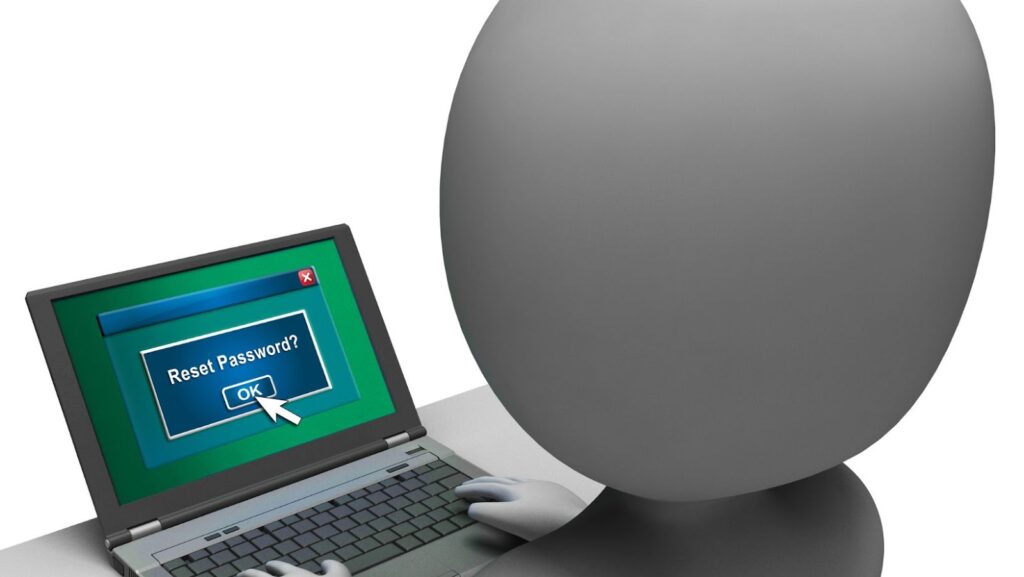There may be times when you just want to reset your Terminal on Mac and start fresh because you’re running into problems and you can’t find a solution. Maybe it’s just easier to wipe the slate clean, go back to the default settings for Terminal on Mac, and start from scratch.
In this tutorial we will show you how to reset your Terminal on Mac as well as how to reset the default settings for Terminal on Mac.
What is a Terminal Command and What Can it Do?
If you’re not someone who usually works with Terminal on Mac and you don’t use it very often then this tutorial will be a little more difficult for you to understand. However, if you do work with the Terminal regularly, we know you’ll appreciate what we have to show you in this tutorial.
Terminal is an application on your Mac that allows you to access the command line. The purpose of Terminal is to give users more flexibility and control over their Mac. Not only does it allow for a user to interact with the computer using a keyboard and mouse, but also through commands written in text.
How to Reset Terminal on Mac
You can reset your Terminal on Mac by deleting or moving aside your terminal history file, which is located at /Users/USERNAME/.bash_history . The folder will be named after your login ID.
In order to move aside the history file, navigate to it and select it. You can press Command + C or from the menu bar you can go to File → Copy . Then open your user folder, located at /Users/USERNAME/ , and create a new folder called “Bash_history” inside of that. Finally select this new folder and go to File → Paste Item or press Command + V as a shortcut.
Now your Terminal is reset, but the settings for it are still intact. To delete those you will need to enter “reset-terminal” at the command line and then select Y when prompted by pressing enter or return .
How to Reset Default Settings for Terminal on Mac
To reset the default settings for Terminal on Mac, enter “reset-terminal” at the command line and press Enter/Return . Then select Y when prompted by pressing enter or return .
Now all of your Terminal history is gone as well as any customizations you’ve made to the program. The steps aren’t complicated, but if you’re not familiar with the command line then you will need to take your time and read over each step carefully before attempting any of them.
What is the Difference Between Command Prompt and Terminal on Mac OS?
The Command Prompt is very similar to Terminal on Mac OS. The big difference between the two is that the Command Prompt runs off of Windows while Terminal runs off of Mac OS. So if you’re running Windows, then Command Prompt will be what you want to use. If not, then Terminal will work for you.
The Basics of Working with Terminal on Mac OS X
Before you can work with Terminal on Mac OS X, you will need to open up your Applications folder and go to Utilities . Then click on the program called “Terminal”.
Once it’s open, you will see a Terminal window and a prompt. The prompt usually starts off with $ but then changes depending upon what user name or file path you’re using. The prompt should look similar to this:
The terminal window can be used for entering commands, but you need to know how to use it first. The basic structure for entering a command is as follows:
what you want to do + what you are doing or changes made + the item being manipulated
Some examples of basic Terminal commands are:
pwd → print (or show) the working directory. mkdir newDirectoryName → make a directory called newDirectoryName. rm fileName → remove the specified file. mv existingFileName newFileName → rename existingFileName to newFileName.
ls → list all files and directories within the current folder.
ls -R → list all sub-folders within the current folder.
Conclusion
In order to reset the Terminal on Mac, you just need to delete or move aside your history file. To reset default settings for Terminal on Mac, you will have to enter a command at the command line and press Enter/Return .


More Stories
Optimize Your Streaming Microphone Setup for Professional Quality Audio
Encryption And Decryption Methods For Secure Communication
How to Promote an Instagram Page that is Bound to a Certain Location: a Tool that Works in 2023